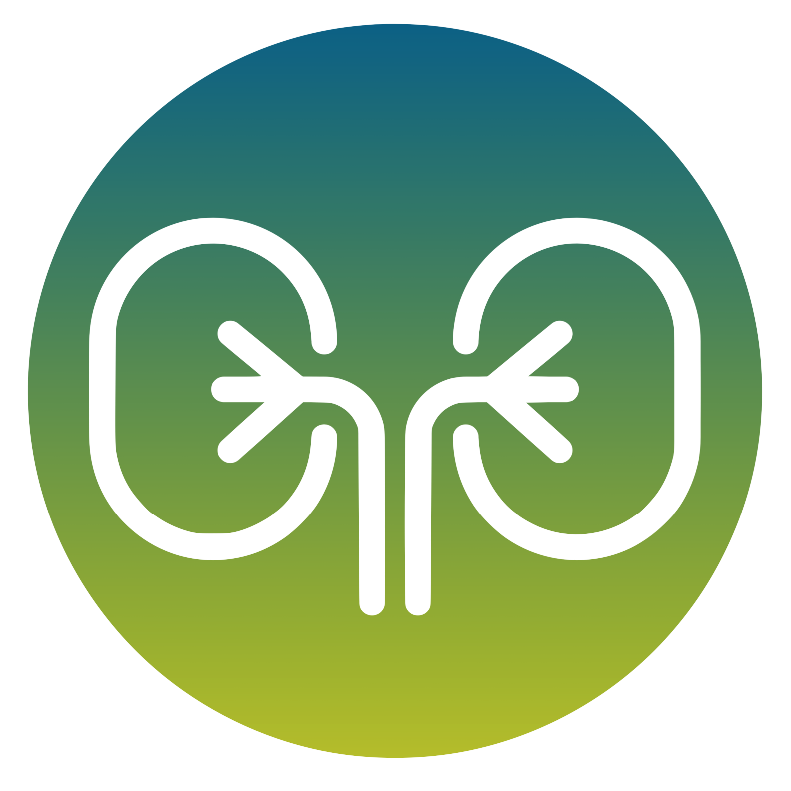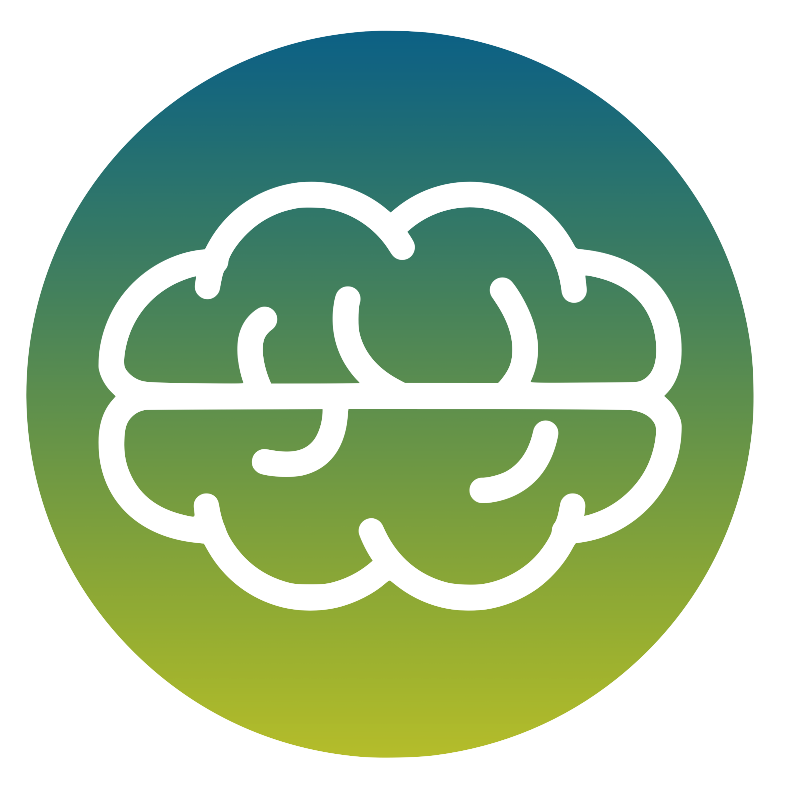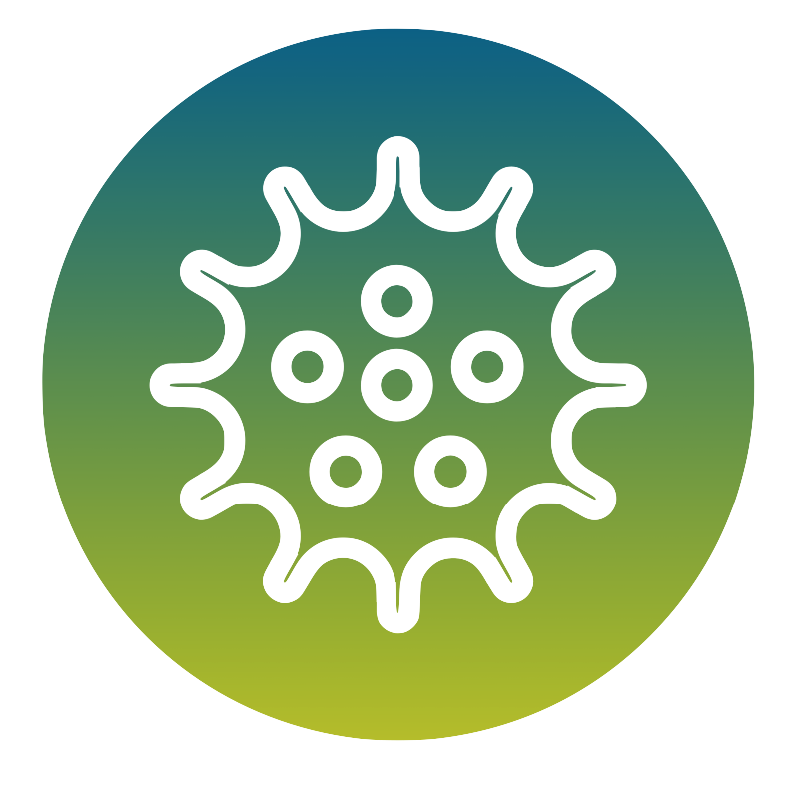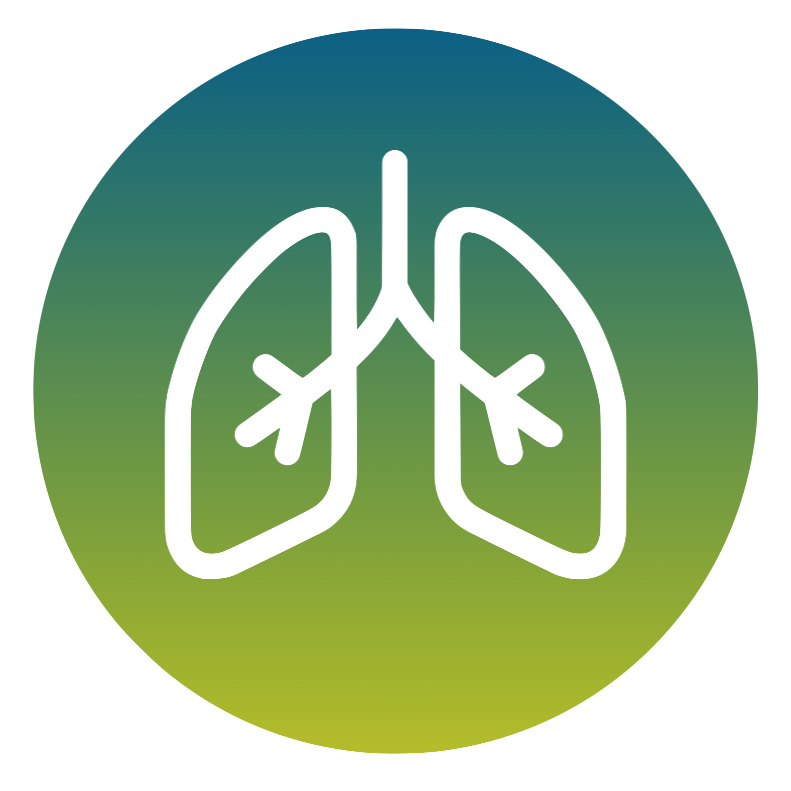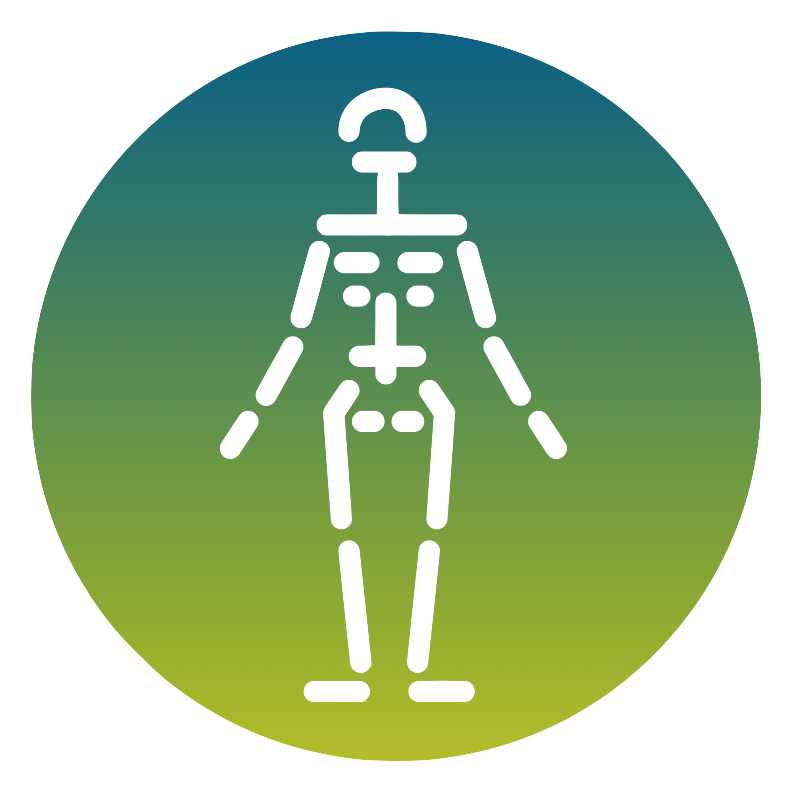Childhood-onset diabetes Code R-125S225
- Description
- Number Genes
- Prevalence
- Indications and clinical utility
- Test performed and limitations
- Other Specialities
Childhood-onset diabetes, also known as type 1 diabetes, is an autoimmune disease in which the immune system attacks and destroys the beta cells of the pancreas, which are responsible for insulin production. This leads to a deficiency of insulin, a hormone essential for regulating blood glucose levels. It can occur in childhood or adolescence, but can also occur in adults. Symptoms may include increased thirst, frequent urination, fatigue, unexplained weight loss and in some cases more severe symptoms such as diabetic ketoacidosis.
34 genes
Not known
Multi-gene panel aimed at the molecular diagnosis of childhood-onset diabetes.
Method: NGS sequencing, determination of SNVs (Single Nucleotide Variants), small insertions and deletions and CNVs (Copy Number Variants).
Limits: The test is unable to determine the presence of underrepresented somatic events, balanced chromosomal rearrangements, nucleotide expansion events of repeat regions, CNVs <3 contiguous exons. <3 esoni contigui.
Some genes may have low coverage areas, where necessary or upon specific request, within the limits of methodological limitations, sequencing can be completed with alternative methods (Sanger).
Some genes may be duplicated in the genome (pseudogenes), which may invalidate the analysis.
..








